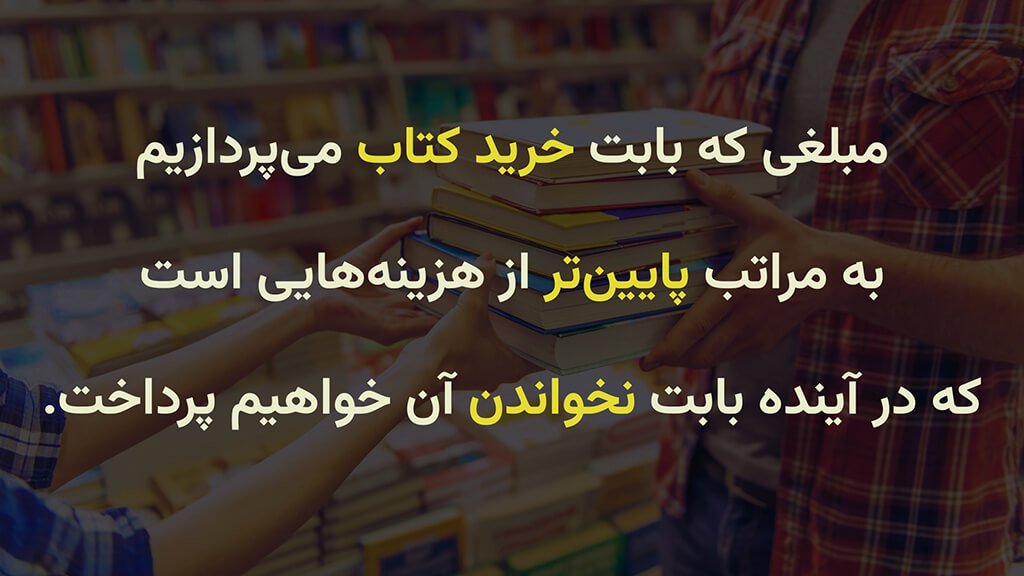
دانلود کتاب Physical Techniques in the study of Art, Archaeology and Cultural Heritage (به فارسی: تکنیک های فیزیکی در مطالعه هنر، باستان شناسی و میراث فرهنگی) نوشته شده توسط «Dudley Creagh and David Bradley (Eds.)»
اطلاعات کتاب تکنیک های فیزیکی در مطالعه هنر، باستان شناسی و میراث فرهنگی
موضوع اصلی: باستان شناسی
نوع: کتاب الکترونیکی
ناشر: Elsevier Science
نویسنده: Dudley Creagh and David Bradley (Eds.)
زبان: English
فرمت کتاب: pdf (قابل تبدیل به سایر فرمت ها)
سال انتشار: 2007
تعداد صفحه: 1-274
حجم کتاب: 6 مگابایت
کد کتاب: 9780444528568 , 0444528563
توضیحات کتاب تکنیک های فیزیکی در مطالعه هنر، باستان شناسی و میراث فرهنگی
در فصل اول، دادلی کریگ در مورد «تابش سنکروترون و استفاده از آن در هنر، باستانسنجی، و مطالعات میراث فرهنگی» مینویسد. لویک برتراند در فصل 2 در مورد تصویربرداری سنکروترون برای باستان شناسی و تاریخ هنر، حفاظت و دیرینه شناسی نوشته است. دکتر برتراند افسر باستان شناسی و میراث فرهنگی در سینکروترون جدید فرانسوی، Synchrotron Soleil (Orme les Mesuriers، Gif-sur-Yvette، فرانسه) است. او وظیفه افزایش آگاهی دانشمندان میراث فرهنگی را در مورد استفاده از تشعشعات سنکروترون برای تحقیقات خود بر عهده دارد. فصل 3 توسط ایوان کول و همکارانش دکتر دیوید پترسون و دبورا لاو نوشته شده است. این مربوط به مدل سازی کل نگر از رسوب گاز و آئروسل و تخریب اشیاء فرهنگی است. دکتر کول معاون بخش مواد و فرآیندهای جدید سازمان تحقیقات علمی و صنعتی مشترک المنافع (ملبورن، استرالیا) است. او بیش از بیست سال تجربه در مشارکت در پروژه های مربوط به حفاظت از میراث فرهنگی دارد. ایوان یک رهبر شناخته شده بین المللی در زمینه چرخه عمر مواد و توسعه پوشش های محافظ برای فلزات است. در فصل 4، جیوانا دی پیترو دو نوع آزمایش مختلف را که در مطالعه مکانیسمهای زیربنایی تخریب رسانههای عکاسی انجام داده است، توصیف میکند. در اولین کتاب، دکتر دی پیترو تخریب صفحه پشت و سفید قدیمی را توصیف می کند. در دوم، او تلاشهای خود را برای درک مکانیسمهایی که توسط آن فیلمهای متحرک نسبتاً مدرن تخریب میشوند، تشریح میکند. بخش قابل توجهی از این پروژه شامل تلاش برای تعیین دقیق اینکه کداک از چه رنگ هایی در فیلم سینمایی خود از حدود سال 1980 به بعد استفاده کرده است. یک تکنیک کاملا جدید برای بررسی از راه دور رنگدانه ها در نقاشی ها توسط ماریا کوبیک در فصل 5 ارائه شده است. این تکنیک به طور قابل توجهی توانایی محافظان را برای مطالعه پالت رنگدانه های استفاده شده توسط هنرمندان، بررسی تعمیرات توسط دیگران و کشف تقلب ها افزایش می دهد. نقاشی ها تلاشهای شگفتانگیزی که در استفاده از تکنیکهای فیزیکی برای مطالعه هنر، باستانشناسی و میراث فرهنگی انجام میشود را نشان میدهد. به این می پردازد که چگونه علم برای غنی سازی دانش ما از هنرهای خلاقانه استفاده می شود
دانلود کتاب «تکنیک های فیزیکی در مطالعه هنر، باستان شناسی و میراث فرهنگی»

برای دریافت کد تخفیف ۲۰ درصدی این کتاب، ابتدا صفحه اینستاگرام کازرون آنلاین (@kazerun.online ) را دنبال کنید. سپس، کلمه «بلیان» را در دایرکت ارسال کنید تا کد تخفیف به شما ارسال شود.